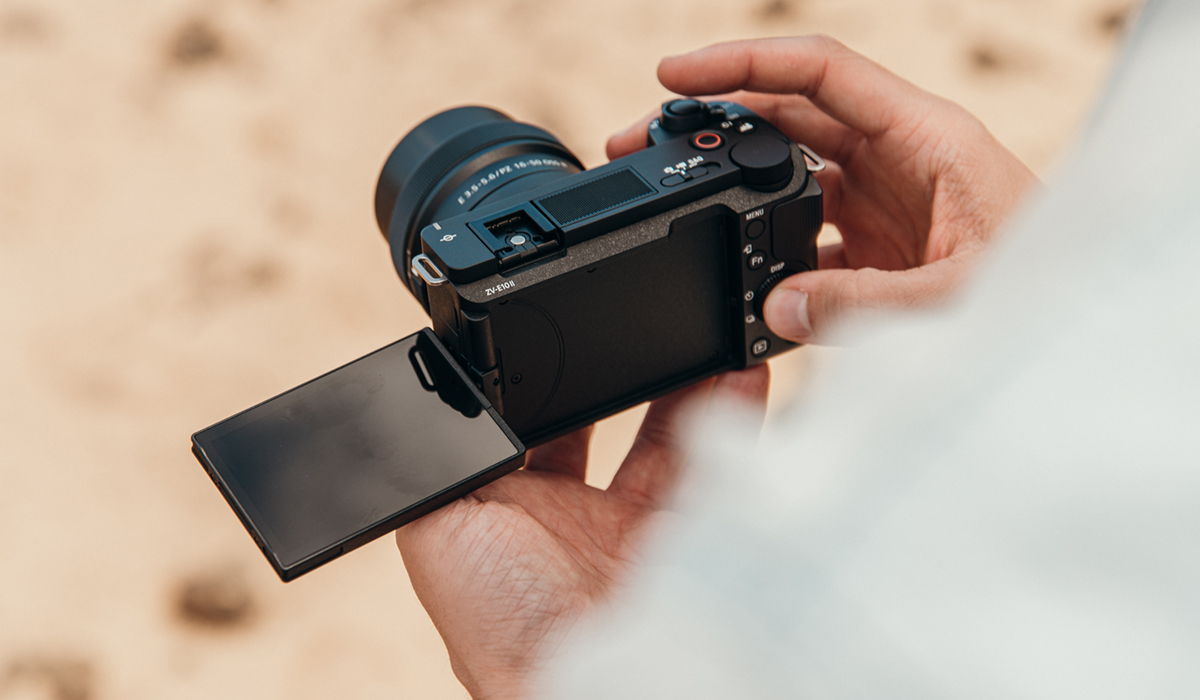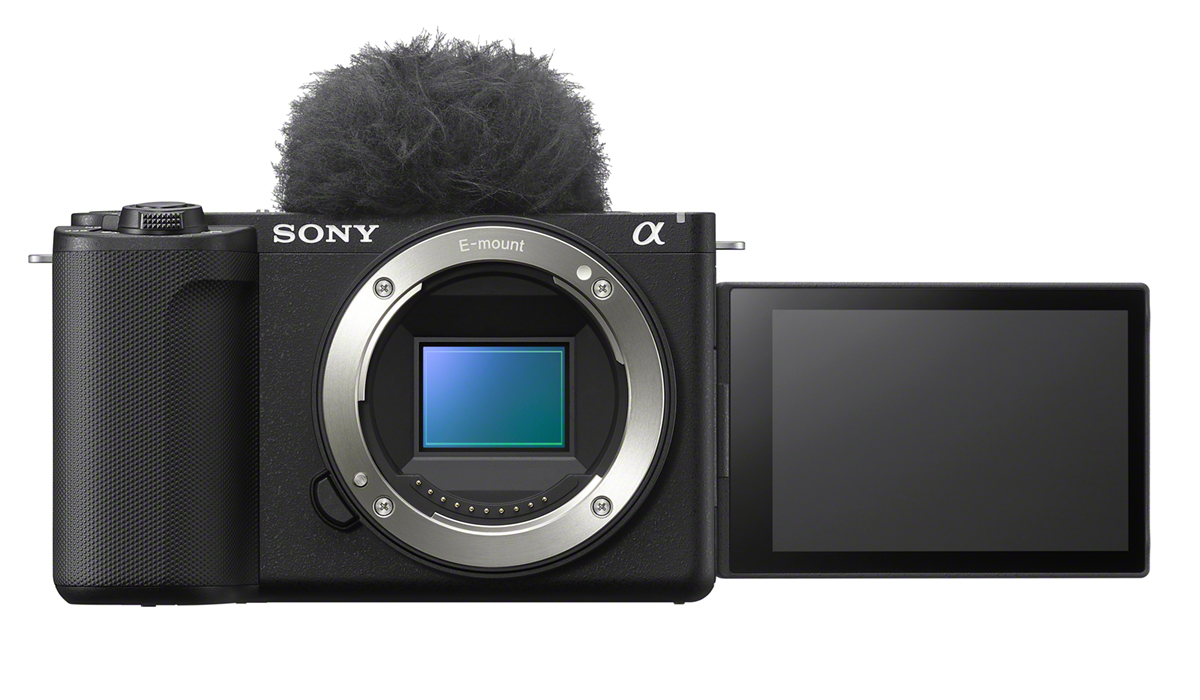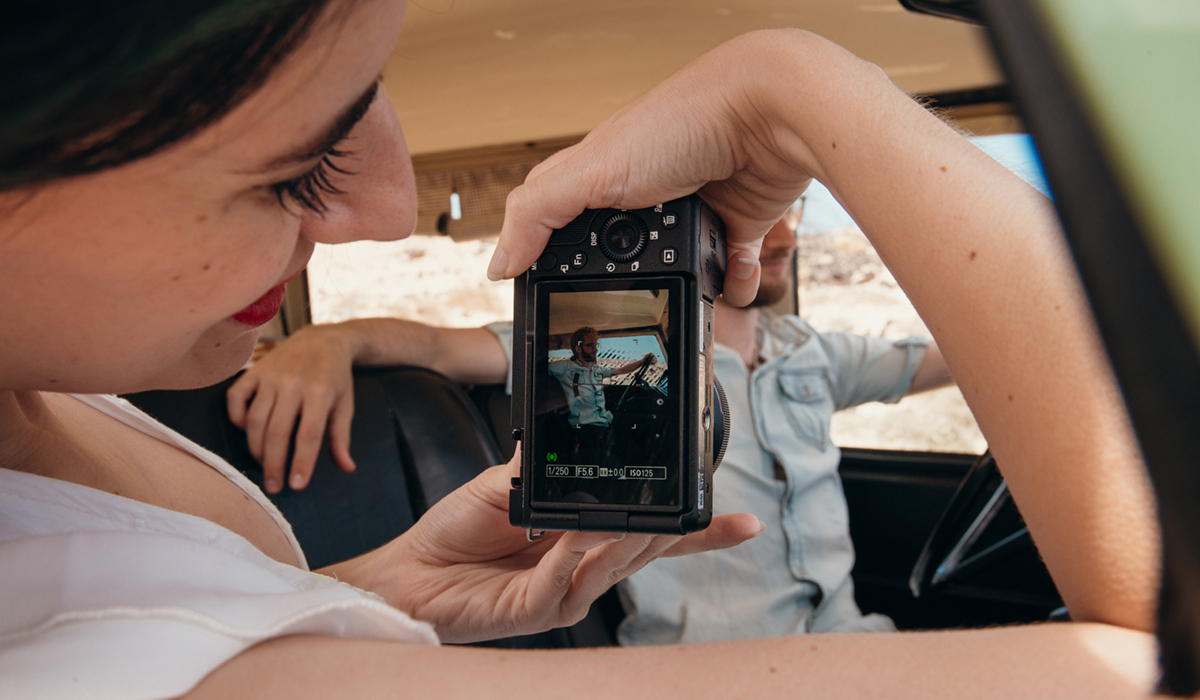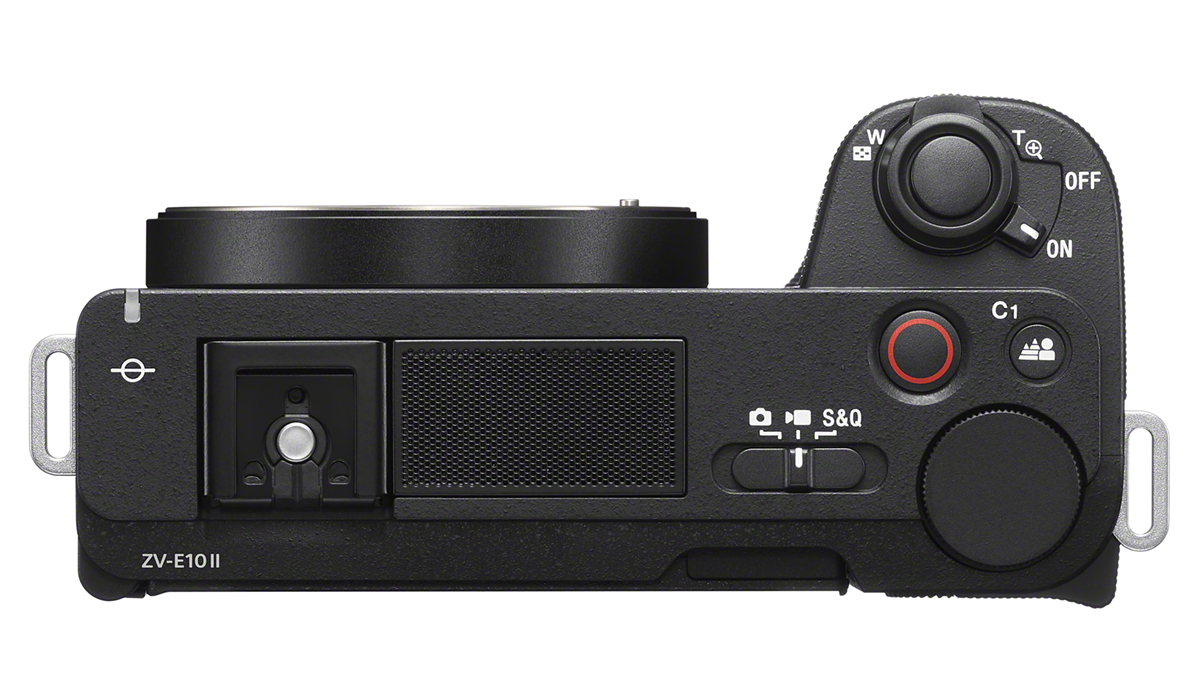
Sony is back with a sequel, this time in the form of the ZV-E10 II, a compact mirrorless camera made for vloggers and content creators. The new camera follows up on the original ZV-E10 that launched in 2021 aiming to correct its missing or flawed features.
To do so, Sony made a number of changes to how the new model takes photos and records video, led by a new image sensor and processor. The ZV-E10 II also borrows heavily from both its predecessor and other Sony cameras along the same lines to deliver a more feature-packed experience. That it also supports Sony’s E-mount lenses for its APS-C cameras adds to the potential.

What to expect with the ZV-E10 II
Sony changed a lot on the inside, starting with a 26-megapixel Exmor R CMOS image sensor and better Bionz X processor. These are the same specs found in the vaunted Sony a6700, so you should expect the same image quality in the ZV-E10 II. Same goes for video, where this camera follows the Sony FX30, allowing you to record in 4K at 60fps in 10-bit 4:2:2, all with improved quality and autofocus. There’s a slight 1.1x crop factor at 60fps, but a huge improvement given the previous model capped video at 4K/30fps with a crop factor.
Except the II can’t do 4K at 120fps, so you would need to go with 1080p resolution if you want that framerate. And while the autofocus is better, it’s not exactly the same as the a6700 because it’s not equipped with the same AI chip. Furthermore, it doesn’t offer the unique Auto Framing feature found in the ZV-E1.

There’s no in-body image stabilization, as it’s all electronic here. You may want to pair the ZV-E10 II with stabilized lenses to ensure you get smoother images and footage. Naturally, there’s no electronic viewfinder (EVF), so you’ll be framing every shot using the articulating 3-inch LCD screen. Phase detection autofocus lets you track subjects, including face, head and eye detection, along with vehicles, planes, birds and animals. It’s just the speed in which it locks in that won’t be as quick as the a6700 and FX30.
Another returning feature is Product Showcase, where the focus can switch between a person and object facing the camera. It’s not clear how much it’s improved but it’s still designed to enable smooth transitions. Background Defocus Function adjusts the depth of field for the background bokeh effect you want with a single touch in any shot, not just Product Showcase.
Design changes
Sony increased the size of the grip for better handling but otherwise didn’t change too much about how the camera feels. There’s still a dearth of physical buttons on the body, though Sony ensures video control buttons are readily available. For example, Product Showcase and Background Defocus are dedicated buttons. There’s even a zoom dial around the shutter button to control digital zoom. It will also do the same optically with certain E-mount lenses as well.
Part of the reason for the larger grip is to accommodate a larger battery. Sony’s NP-FZ100 is standard in a number of its existing cameras, including larger mirrorless ones, making this a significant change. Sony rates it at over 600 photos and two hours of 4K recording per charge.

The onboard three-microphone array is back, letting you decide which direction to focus on. It can be directly in front of the camera, behind it or in a 360-degree pattern. The camera also offers the option to automate that, so that the ZV-E10 II can select where to record from. Sony will include a “toupee” windscreen to ward off wind. With its own Multi Interface hot shoe, you can use Sony’s own external microphone options too.
As before, you can connect the camera to a computer or smartphone. Transfer images over or use the phone as a remote to capture images off-camera. Sony’s Movie Edit feature in its Imaging Edge app is back to help you splice together video clips.
Pre-order the Sony ZV-E10 II today at Best Buy
The Sony ZV-E10 II is available for pre-order now in black or white, whether you want it with the 16-50mm kit lens or body only. You will be able to get your hands on it starting August 9.





